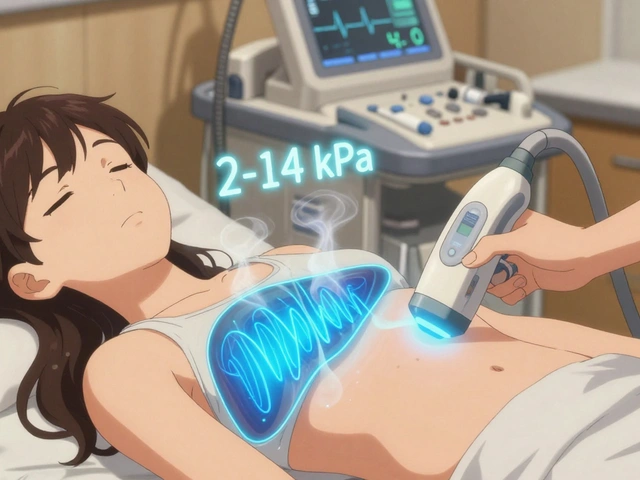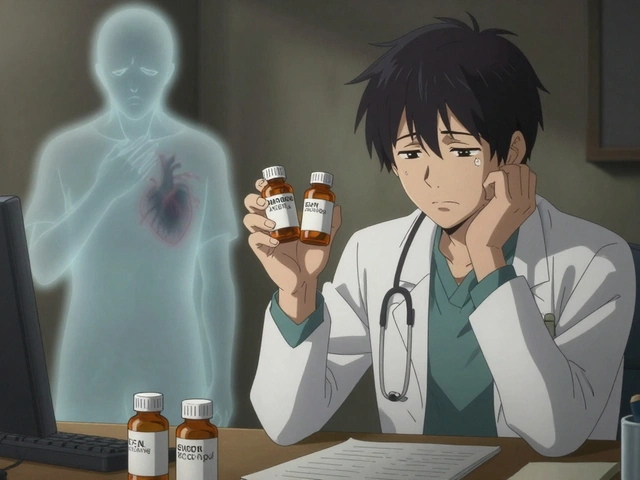Pharmaceutical Regulation: How Drugs Are Approved, Monitored, and Controlled
When you pick up a pill, patch, or injection, you’re holding something that went through a strict system called pharmaceutical regulation, the set of rules and agencies that ensure drugs are safe, effective, and properly labeled before reaching patients. Also known as drug regulation, it’s the invisible guardrail that stops dangerous or useless medicines from hitting shelves. This isn’t just bureaucracy—it’s what keeps you from buying fake antibiotics online or taking a drug that causes heart damage because no one checked it properly.
Behind every approved drug is a chain of oversight. The FDA, the U.S. Food and Drug Administration, the primary agency responsible for approving and monitoring medications in the United States reviews clinical trial data, inspects manufacturing sites, and decides if a drug’s benefits outweigh its risks. Outside the U.S., agencies like the EMA in Europe or Health Canada do the same job. These groups don’t just approve drugs—they keep watching them after they’re sold. If a drug causes unexpected side effects, like liver damage or dangerous interactions, regulators can issue warnings, change labels, or pull it off the market entirely.
Pharmaceutical regulation also shapes what’s available to you. It controls how generic versions of brand-name drugs get approved, ensuring they work the same way without the high price. It sets rules for how pharmacies can sell controlled substances like opioids or sedatives. It even dictates how companies can advertise their drugs—no misleading claims about weight loss or miracle cures. And when new drugs like those for HIV or hepatitis C come out, regulators decide whether they’re worth the cost and who should get them first.
You’ll see this system in action across the posts here. Some compare older drugs like Retrovir and Indinavir to newer alternatives, showing how regulation pushes innovation. Others talk about buying generic warfarin or Lasix online—where regulation meets the gray zone of international pharmacies. Guides on Accutane and Effexor highlight how strict controls affect access, while posts on cefpodoxime and tinidazole show how resistance and safety updates change prescribing habits. Whether you’re a patient, a caregiver, or just someone trying to understand why some drugs are hard to get, pharmaceutical regulation is the reason why.
What you’ll find below isn’t just a list of articles—it’s a real-world look at how rules, science, and money shape every medication you might ever take. From how a new pill gets tested to why some drugs are cheaper overseas, these posts break down the system so you know what you’re really getting.

International ICH Guidelines - How They Harmonize Medication Safety
Explore how International Council for Harmonisation (ICH) guidelines unify global drug safety standards, speed approvals, and shape the future of medication regulation.
Continue Reading



